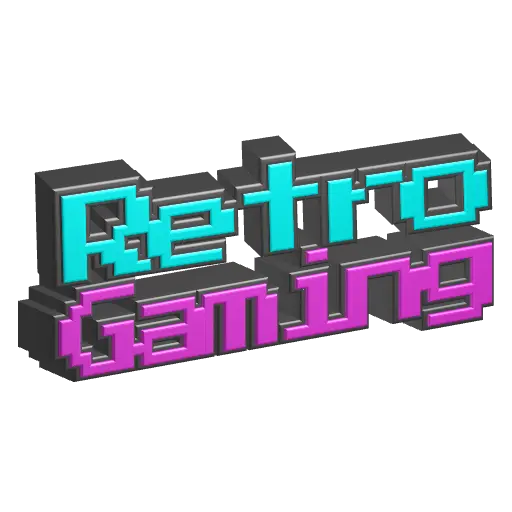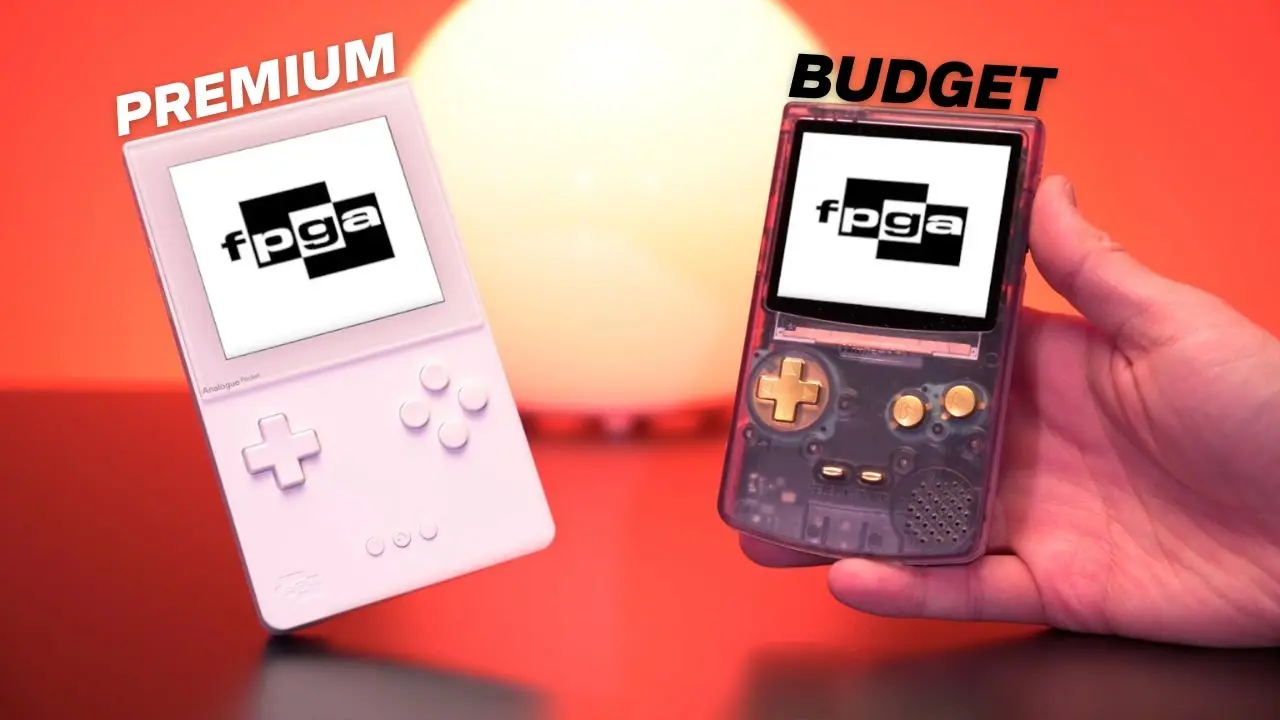As the video says, it doesn’t provide all the functionality that the Analogue Pocket has, but it’s a very good alternative for a decent price!
Oh for sure, I just reshelled and revamped my Dreamcast, I’m in the mood for the gameboy. Waiting for another limited release from analogue is just frustrating for me
Yeah, I hate that Analogue releases are limited. If you miss the window, you either missed it forever or are willing to pay obscene prices on eBay 😞
Every small electronics company is dealing with this if they source high-quality parts. It’s just gotten much harder in the last several years to source quality components in large numbers from China, and the big hardware manufacturers always get the lion’s share.
Follow any similar companies and you see a similar stop-start pattern, quickly selling out, and yearlong preorders.
It looks like $103 +shipping for the kit plus case (some assembly required), not bad.
The article poising this as an analogue competitor seems naive.
It doesn’t have any of the things people buy an analogue pocket for. If you want to say, “This is an analogue pocket but cheaper and without any of the features,” sure. But so is a regular gameboy with an lcd mod.
Which is really what this competes with. It competes with mods of original gameboys.
Honestly the 1600x1440 screen on the Analogue Pocket and the ability to drive it is what you’re paying for when you buy it.
There’s not going to be a device that can drive all those pixels at less than the Analogue Pocket’s price for some time yet. Sure, none of the Game Boy systems used anywhere near that many pixels, but the fact that the Analogue Pocket screen is so ridiculously pixel dense it can emulate the original attributes of the OG screens from the devices that their FPGA is mimicking means you’re going to pay a premium for that (or any) device doing full hardware replication at that level.
Honestly seeing the Analogue Pocket emulate the way that the original DMG GameBoy screen pixels seemed to slightly hover over the background (slightly casting a shadow) was mind-blowing. You can’t get that unless your screen actually has those original pixel attributes or you’ve built a display with enough resolution to emulate what those characteristics looked like. See: https://cdn.arstechnica.net/wp-content/uploads/2021/12/PXL_20211213_155424062.jpg (Seriously, zoom in and notice the mimicry of the shadows under darker pixels, it’s just crazy to see in person.)
What do you mean by drive it?
The chips that are powering and sending information to the screen.
The original Game Boy Color has a screen that is only 160 pixels x 144 pixels at a 6bit color depth. That color depth means it can keep track of 6bits of color information for each pixel (technically the GBC screen CAN display 15bits of color information, but it’s limited in software to 6bits absent certain tradeoffs.)
This isn’t exactly how it all works, but I’m going to just do some quick and dirty math really quickly that sorta simply illustrates how this works. To adequately display a 60fps image on the GBC display at the 6bit color depth of the screen, we’d need to be able to process 23,040 pixels (each with 6 bits of color data) every 60th of a second. To simplify further, there’s 138,240 bits of data to process every 16.6ms just to “drive” the display, or put another way 138,240 bits of data to process to ensure that the display gets all the information it needs to build a complete picture every 60th of a second.
So for a 1600x1440 display, you’re looking at 2,304,000 pixels, and the Analogue Pocket has a 16bit color depth, so you’re going to need to be able to process 36,864,000 bits of data every 16.6ms to “drive” that display.
Getting a GPU/CPU/FPGA that can handle 138,240 bits of data every 16.6ms is a fairly easy task these days. Getting a GPU/CPU/FPGA that can handle 36,864,000 bits of data every 16.6ms is also a pretty easy undertaking these days, but it’s much more power intensive and it’s going to cost a bunch more. All of which is beside the shader calculations the Pocket adds in to do things like emulating the pixel fade of old LCDs or other effects that further emulate the properties of the original displays which requires further processing.
The tradeoff is that you can build a more detailed image with all those extra pixels, but you’re going to pay for it both in electrical power spent, heat generated, and costs sunk.
The article poising this as an analogue competitor seems naive.
If you upload a video to YouTube, it has to have a clickbait title 😒
What do people buy it for?
- the screen is amazing and unique.
- the filters in combination with the screen creates an incredibly authentic but also high quality and artifactless experience
- the dock allows for a switch experience of playing on the go and also on a tv with a controller
- the open fpga platform allows you to play games from dozens of consoles and handheld and even more arcade pcbs
Also, plays GBA games, not just GB/C.
And many other systems and arcade games (SNES, NES, Genesis, GameGear, Super Gameboy, Simpsons arcade game, galaga, etc…)
The GP already mentioned OpenFPGA.
The Pocket plays GB/C/A cartridges natively. And Game Gear, and soon Neo Geo Pocket and others.
That stupid click bait title.
I like the Analogue Pocket, I think this FPGBA sounds like a fun project but man they are very different products. The way I see it, the more FPGA emulators out there then the more likely more/better cores get created.
It’s a dumb title but there seems to be plenty of people buying Analogue just to play cartridges. This is a low cost alternative to AP and modded Gameboy.
Sure! I can see a bit of overlap there. I imagine it’s more an alternative to the modded GB side just due to cost similarities, compatibility, etc. But like I said, I’m just glad more people are releasing products
Okay but does the FPGA scratch your cartridges? Don’t see so. Analogue wins again.
The new device is called FP-GBC, not FPGA.
FPGA (field-programmable gate array) is a technology where the chip contains all kinds of circuits, which can be programmatically “rewired” in specific ways to make it into a fast device-specific circuit, such as an emulator of the Game Boy GPU that can drive a modern LCD without needing to interrupt a CPU. Its function can be exactly the same as the original but way cheaper than manufacturing a new silicon die for the small production. More complex FPGAs could also emulate the CPU, sound and everything else from a GameBoy, or even handle intensive tasks like crypto mining with relatively good power efficiency. Both the Analogue and FunnyPlaying GB replicas use FPGAs.
I have a Pocket in my draw but the screen got wrecked by the sun and now I don’t know what to do about it.
I “built” a Game Boy SP from parts found on eBay. If you can take your Pocket apart enough to get a part number, try googling for a replacement, should be a simple as plugging in a ribbon cable.
Replace the screen or upgrade it with an lcd
Here is an alternative Piped link(s):
https://piped.video/ho_Ntx0Fd7U
Piped is a privacy-respecting open-source alternative frontend to YouTube.
I’m open-source; check me out at GitHub.
deleted by creator
This plays Game Boy and Game Boy Color games and you have to build it yourself.
Analogue Pocket comes preassembled and plays Game Boy, Game Boy Color, and Game Boy Advance out of the box, plus Game Gear, Neo Geo Pocket, NGP Color, and Lynx with adapters. If jailbroken it plays pretty much anything from a card. And Analogue OS has a ton of options, what are you talking about?
I’m glad we have more FPGA consoles coming out; after all, the RetroUSB AES is better and cheaper in many ways than the Nt Mini. But Analogue also created the market and is constantly pushing the envelope on technology. Analogue builds good products and this Game Boy Color alternative sounds great too.
if jailbroken
Adding 3rd party emulators, including those that load from the SD card, is a fully supported feature and is very easy to do.
Also they’ve put some effort into making the graphics mimic the GB/GBA model of your choice but brighter with the LCD screen.
deleted by creator
At the time it came out, not really. There wasn’t really anything else to compete with it. If I’m not mistaken, it was the first handheld FPGA console.
My last phone has roms loaded onto it 😂
What do you use as your controller? I got an Anbernic handheld now but I’ve always been curious/intrigued by just running them on a phone, I just never quite found any of the control methods quite satisfactory.
None. It kind of sucks but it works
But will it have support?
There’s a million cheaper raspberry Pis clones out there, but without the support they get nowhere near the popularity of the Pi.
I think you’re misunderstanding, this isn’t a raspberry Pi type emulation device, this is a hardware clone of the chips in a real GBC, it even plays the original cartridges, and also flashcarts (well mostly, there’s a few kinks there because it’s new).
I’m talking about software, not hardware. The pocket is magic because it’s open an developers can do whatever they want to it, and there’s a bunch of devs supporting it. This device is open source, but is just a fancy GBC, and the review pointed out that it’s a bit rough around the edges still.












